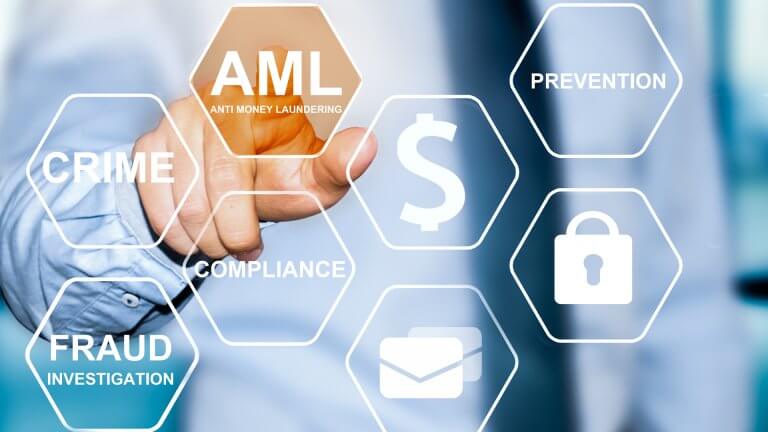6 Ways to Ensure Data Security as Part of a Comprehensive Cybersecurity Framework
Data breaches where hackers gain unauthorized access to sensitive information can be incredibly costly for organizations. A data breach typically costs companies around $4.8 million on average according to IBM’s Cost of a Data Breach Report. The costs include legal fees, IT expenses for investigation and remediation, lost customer business, and damage to the organization’s reputation.
With data breaches on the rise, preventing breaches through robust cybersecurity and data security practices is critical.
Implement Access Controls and Authentication
One key element of data security is implementing access controls to protect and limit access to sensitive data. This can include setting up authentication mechanisms like requiring usernames and strong passwords, multi-factor authentication, biometrics, or digital certificates. Access controls also involve establishing authorization levels so that users only have access to the data they need based on their roles. Strict access controls make it much harder for unauthorized users to gain access to private data.
Working toward ISO 27001 compliance with the help of ISO 27001 compliance software can help organizations protect themselves from costly data breaches and reputational damage.
Use Encryption to Secure Data
Encrypting data, whether data at rest or in transit, is one of the most important cybersecurity measures organizations can take. Encryption encodes the data so that only authorized parties can access it. Leading email service providers offer email encryption capabilities. For data at rest, encryption should be applied to laptops, servers, backups, and databases storing confidential data. Encryption protects the data even if it falls into the wrong hands.
Establish a Comprehensive Data Security Policy
Organizations need formal data security policies that establish guidelines and procedures for protecting sensitive data. Policies should dictate encryption requirements, access controls, acceptable usage, storage procedures, retention and destruction policies, breach response plans, and employee training requirements. Policies help ensure consistency in data security across departments. Review policies annually and update as needed to address emerging threats.
Control Endpoint Devices
With more employees working remotely, securing endpoint devices like mobile devices, laptops, and home computers is critical. IT should implement central management systems to continually inventory all endpoints, enforce security configurations, restrict unauthorized apps, remote wipe lost or stolen devices, and monitor devices for suspicious activity. Strict control over endpoints prevents them from becoming points of entry for cyberattacks.
Conduct Security Awareness Training
Employees are one of the biggest security risks organizations face. An employee may unintentionally expose data through poor security practices. Conducting regular security awareness training helps educate employees on data security best practices related to passwords, email phishing, social engineering, device security, and data handling. Training also keeps security top of mind. Combine training with strict policies for handling data and disciplinary action for violations.
Prepare an Incident Response Plan
Having a detailed incident response plan is a key part of data security. The plan outlines steps to detect, respond to, and limit damages from a breach. It should identify a response team, procedures for investigating, containment strategies like shutting down compromised systems, plans for notifying affected parties, strategies for recovering data, and procedures for improving defenses post-breach. With an effective plan, organizations can respond swiftly to limit damages.
Data security warrants major investment and constant vigilance. Following best practices for access controls, encryption, policies, endpoints, training, and incident response ensures organizations have a robust cybersecurity framework in place to protect their most critical digital assets.























